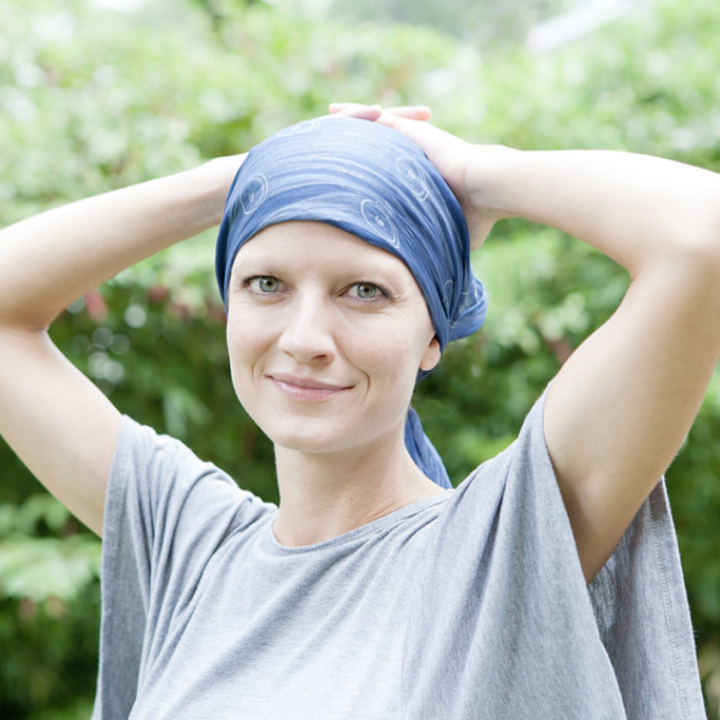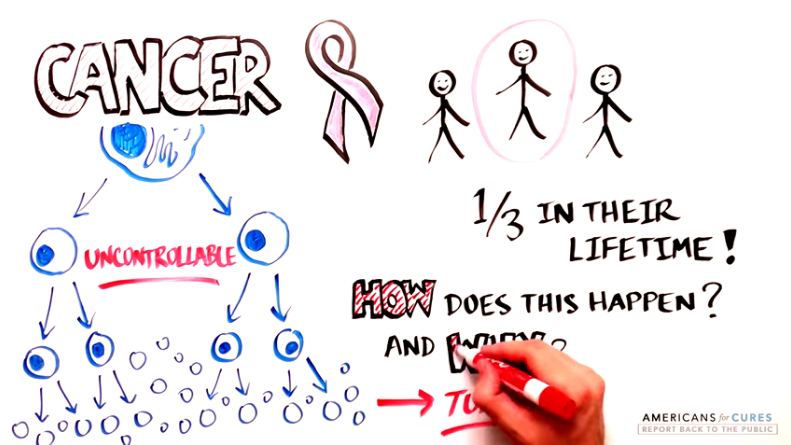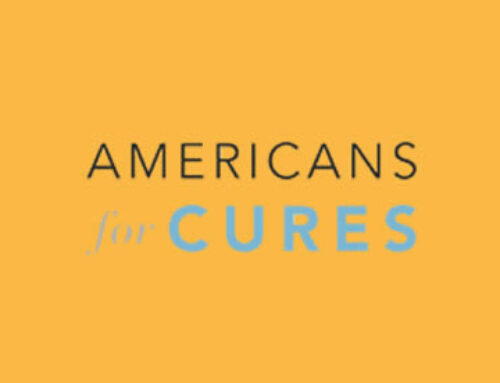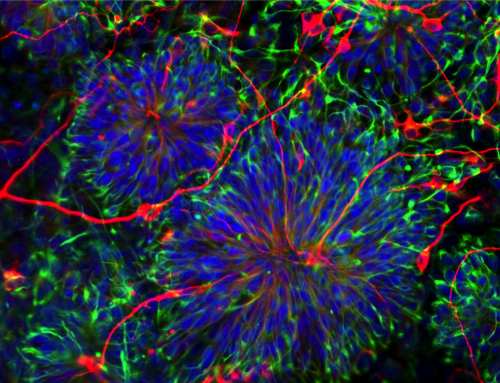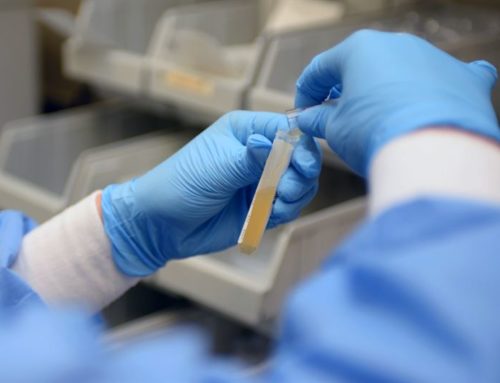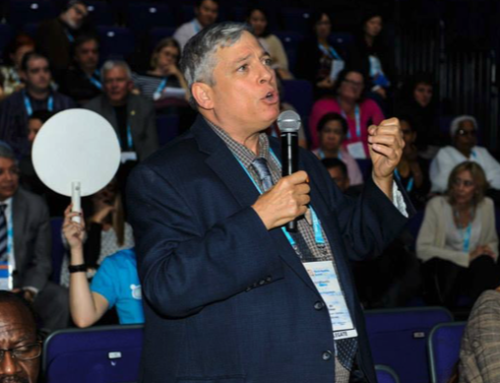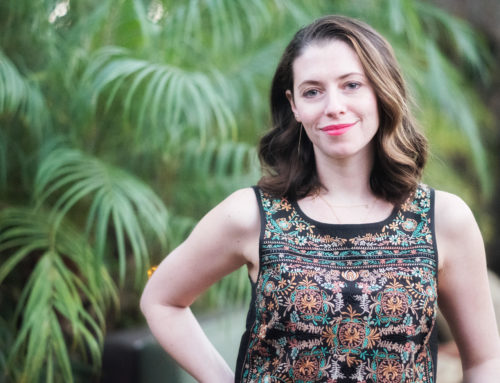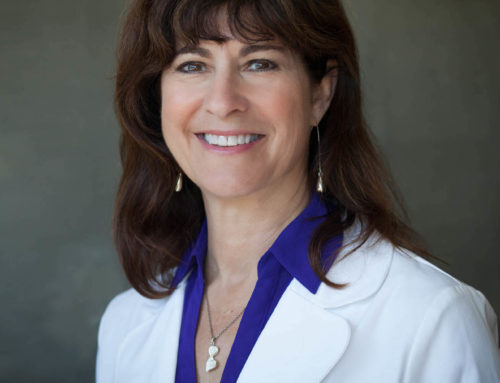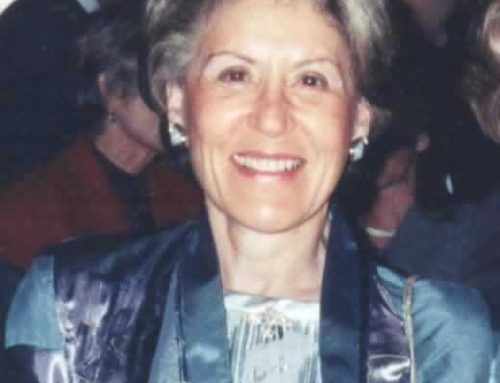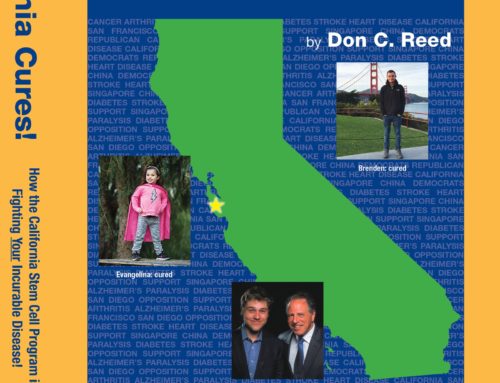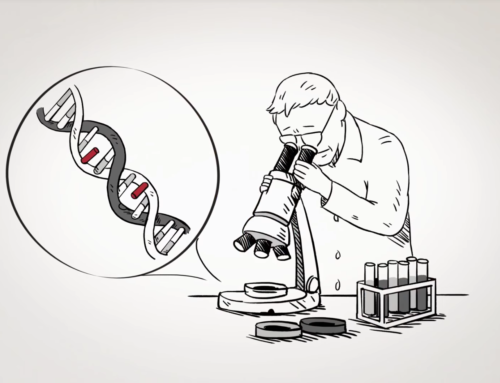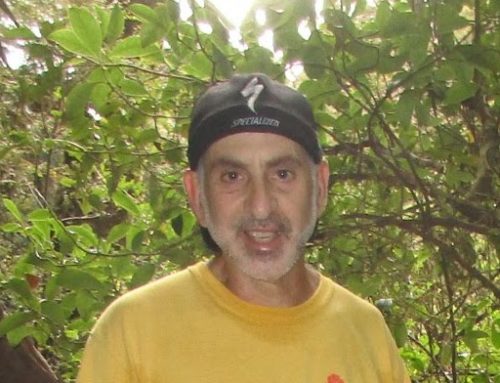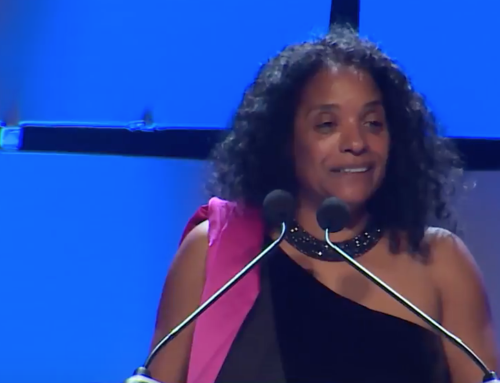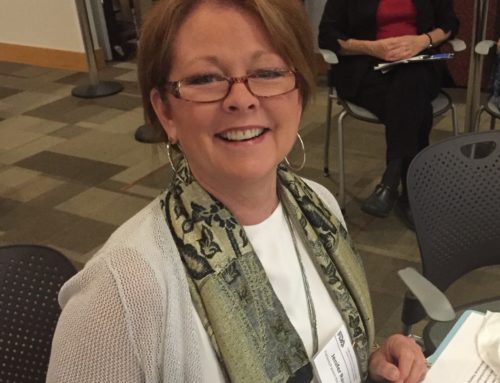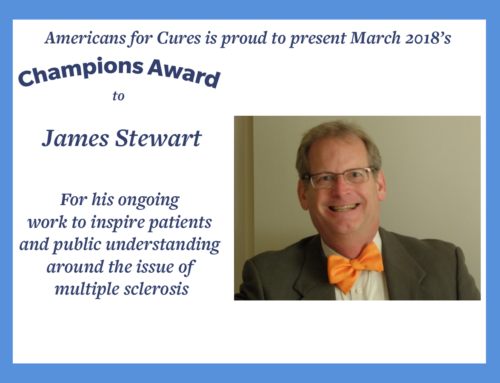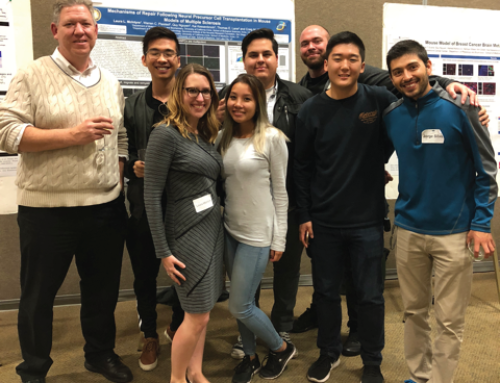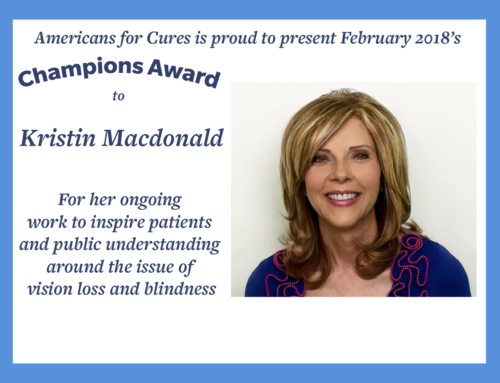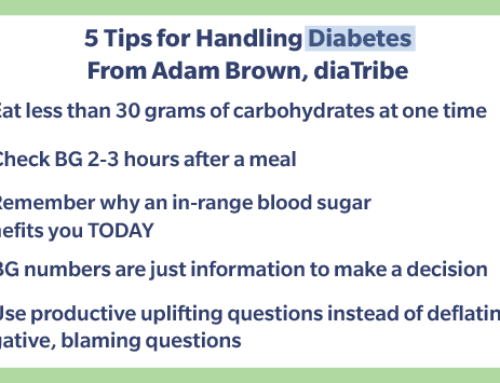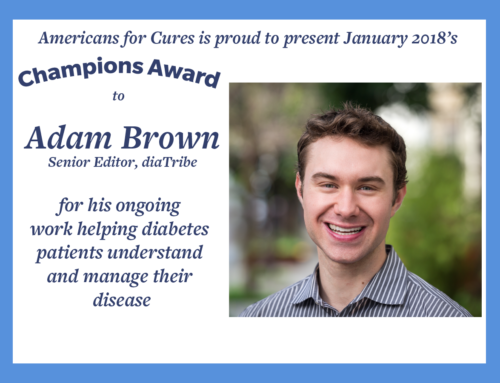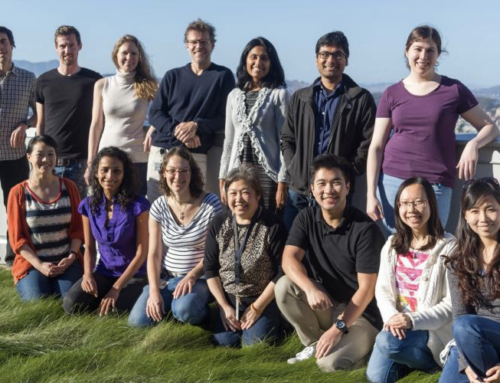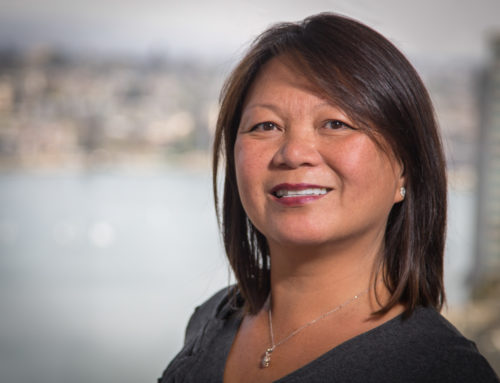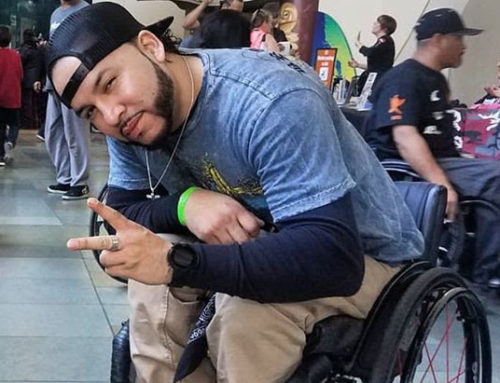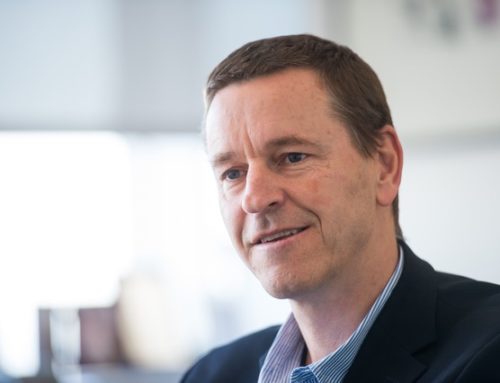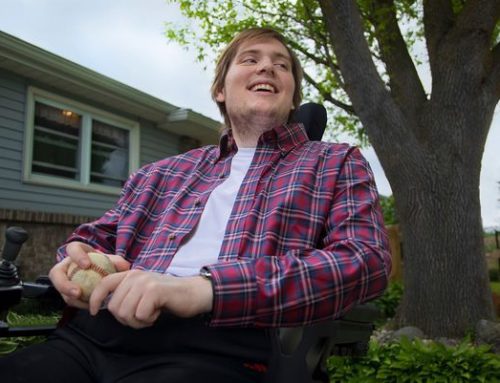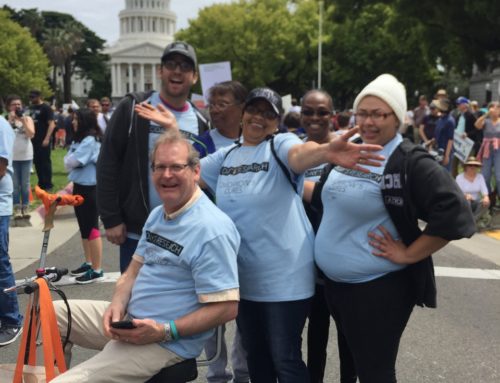The blood-taker nurse wrapped a rubber band around my arm, so the vein stood out. Then she reached for the syringe .
“Wait,” I said, talking fast, “I have a question for you.”
The needle paused.
“I was a diver for an aquarium called Marine World,” I said, “and sometimes I would help the vet take blood from a dolphin’s tail. So here is the question:
“You cannot see the veins on a dolphin — so where do you poke the needle?”
She looked puzzled.
“You take your thumb, and rub around on the tail till you find a loose spot — and that’s the vein.”
“Interesting,” said the nurse, and slipped the needle in.
To see if the cancer had come back…
I had done pretty much everything that could be done to manage prostate cancer.
Surgery to remove the prostate? Check. Radiation? Every day for six weeks. Hormone injections, from a syringe which felt like a harpoon? Check.
The hope was that the cancer was scooped out and gone with the prostate. But we just don’t know.
Because it is hard to kill all of the cancer.
“If there are one trillion cancer cells in the body, and you kill all but one million, they will come back,” said Dr. Irving Weissman of Stanford University, in a personal interview.
The problem is a stem cell.
Most stem cells are helpful, constructing the body before we are born, re-growing skin after an injury.
But stem cells have an evil twin, a cancer stem cell (CSC), and death is what it grows.
There are cancer stem cells for the leukemia which killed my sister , breast cancer which took my mother so young, brain tumors which took Beau Biden’s son, the prostate cancer which worries me now; and more.
Irv Weissman, a great burly man like a friendly grizzly bear, has been fighting to cure cancer for more than twenty years. He is credited with the discovery of the cancer stem cell.
https://healthland.time.com/2012/03/28/a-single-antibody-to-treat-multiple-cancers/
When we spoke on the phone, he explained the deadly process, while I took notes as fast as I could. Here is my layman’s interpretation of how the cancer attacks, and how it may be defeated.
First, the cancer stem cell develops “daughter cells”. These are different from the cancer stem cells, faster-growing, and more easily destroyed. Some will be eliminated by the body; others can be wiped out by treatments. But the CSCs themselves are slower to grow, and harder to kill.
After her chemo and radiation, my sister Patty’s leukemia seemed to get better, and she looked beautiful in the marriage ceremony to her boyfriend Nye. They both knew what they were up against: her prognosis was fatal. But they wanted to spend as much time together as they could.
The treatments killed many of the cancer cells — temporarily restoring her to health. The doctor called it being in remission.
But the stem cells remained, the cancer came back worse, and my sister died.
To understand and defeat cancer, we need ways to visualize what is happening.
Think of cancer stem cells as little monsters with labels on their backs. The labels (proteins called surface markers) identify the cells as bad, producing what Dr. Weissman calls “EAT ME” signals.
The body tries to protect itself, sending waste disposal cells (macrophages) to destroy the cancer and other cellular garbage. Sounds good, right?
But cancer stem cells can hide. They grow a “cloak of invisibility”, a protein coating known as CD47, to cover the “EAT ME” surface markers.
The body’s immune system does not recognize the cancer stem cells as threats, and does not attack them.
But Dr. Weissman, Dr. Ravinda Majeti, and their teams developed an antibody, HU5F9, designed to “peel back the cloak” so the CSCs can be found, and killed.
This may be something wonderful: a way to fight not just leukemia, but all forms of cancer.
Right now, five clinical trials are going on, putting HU5F9 to the test.
And a company called FORTY-SEVEN, INC. has been incorporated. You can follow its research at: https://www.fortyseveninc.com/our-approach/clinical-trials
I asked Dr. Weissman how important the California stem cell program had been to him, in his fight against cancer.
“When I first applied for a grant to fight cancer stem cells, I was turned down by the National Institutes of Health (NIH) and other national cancer organizations.
“But the California Institute for Regenerative Medicine (CIRM) funded my work, and has continued to do so.
https://www.cirm.ca.gov/our-progress/people/irving-weissman)
“Today, we are deep into clinical trials. I cannot say much until they are complete, but it is safe to say we are making therapeutic advances.”
What if California became the state which conquered cancer?
Godspeed, Dr. Weissman; the hopes of millions ride with you.
P.S. For a patient’s perspective, CIRM’s Director of Communication Kevin McCormack interviewed one of the people involved in those clinical trials:
“In March of 2015, Tom Howing was diagnosed with stage 4 cancer. Over the next 18 months, he underwent two rounds of surgery and chemotherapy. Each time the treatments held the cancer at bay for a while.
“But each time the cancer returned. Tom was running out of options and hope when he heard about a CIRM-funded clinical trial using a new approach. He said:
“…After the cancer came back again they recommended I try this CD47 clinical trial. I said absolutely, let’s give it a spin…
“Whenever you are dealing with a Phase 1 clinical trial (the earliest stage when the goal is first to make sure it is safe) there are lots of unknowns.
“Scans and blood tests came back showing that the cancer appears to be held in check. My energy level is fantastic. The treatment that I had is so much less aggressive than chemo, my quality of life is just outstanding.
“The most important thing I would say is, I want people to know there is always hope and to stay positive.”
P.S.S.: On a personal note, my blood test came back negative, meaning bad news for the cancer — and good news for me!
Don C. Reed is Vice President of Public Policy for Americans for Cures, and he is the author of the forthcoming book, CALIFORNIA CURES: How California is Challenging Chronic Disease: How We Are Beginning to Win—and Why We Must Do It Again! You can learn more here.



